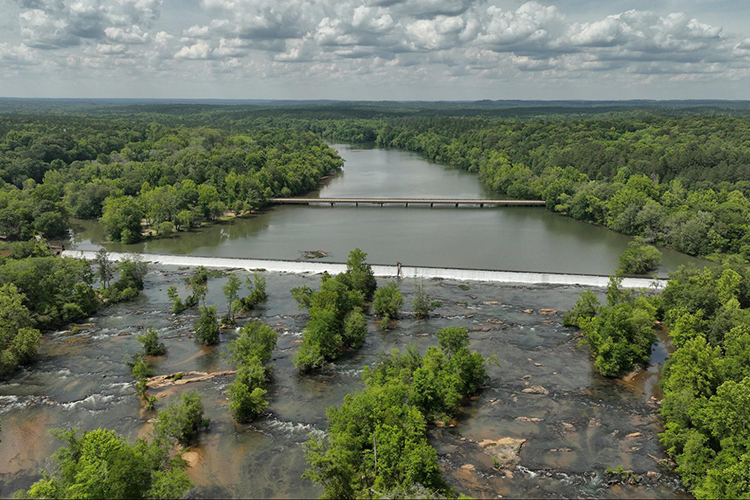The Altamaha River Basin in Georgia, spanning over 14,000 square miles, faces significant barriers to migratory fish species, including American eel, shad, and sturgeon, due to dams like Juliette and Sinclair. These barriers hinder fish access to upstream spawning habitats and degrade habitat quality. NOAA, with state and federal agencies, has developed a plan to restore fish passage and improve spawning habitats.
Two studies funded by NOAA focus on using environmental DNA (eDNA) to track sturgeon and document shad spawning locations. The University of Georgia’s eDNA study identified Atlantic sturgeon DNA downstream of Juliette Dam, suggesting potential for upstream migration if access was restored. The second study by Georgia Southern University confirmed American shad spawning near both dams, indicating these fish would migrate further if habitats were accessible. The findings will guide resource managers in prioritizing habitat restoration and reopening migration routes.
Source link


